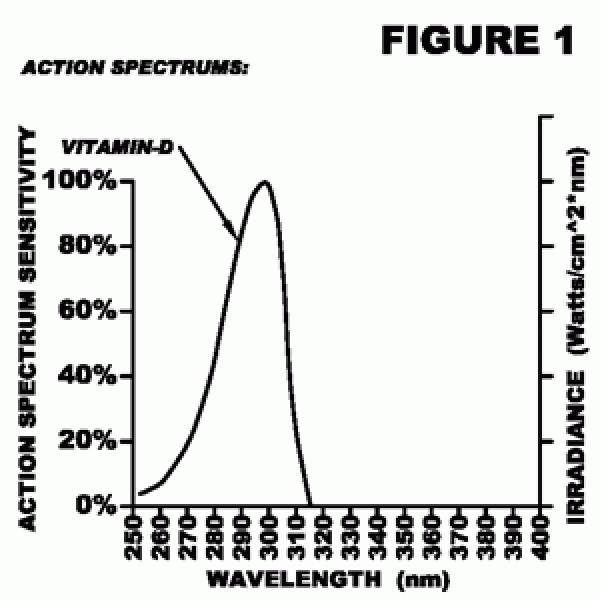Answer to Question 1
Excessive vitamin A during pregnancy leads to abnormal cell death in the spinal cord, which increases the risk of birth defects such as spina bifida and cleft palate. In such cases, vitamin A is considered a teratogen. High intakes (10,000 IU of supplemental vitamin A daily, equivalent to roughly four times the RDA for women) before the seventh week of pregnancy appear to be the most damaging. For this reason, vitamin A is not given as a supplement in the first trimester of pregnancy without specific evidence of deficiency, which is rare.
Answer to Question 2
Vitamin A plays two indispensable roles in the eye: it helps maintain a crystal-clear outer window, the cornea, and it participates in the conversion of light energy into nerve impulses at the retina. Some of the photosensitive cells of the retina contain pigment molecules called rhodopsin. Each rhodopsin molecule is composed of a protein called opsin bonded to a molecule of retinal, which plays a central role in vision. When light passes through the cornea of the eye and strikes the retina, rhodopsin responds. As it does, opsin is released and retinal shifts from a cis to a trans configuration, just as fatty acids do during hydrogenation. These changes generate an electrical impulse that conveys the message to the brain. Much of the retinal is then converted back to its active cis form and combined with the opsin protein to regenerate rhodopsin. Some retinal, however, may be oxidized to retinoic acid, a biochemical dead end for the visual process. Visual activity leads to repeated small losses of retinal, necessitating its constant replenishment either directly from foods or indirectly from retinol stores.







